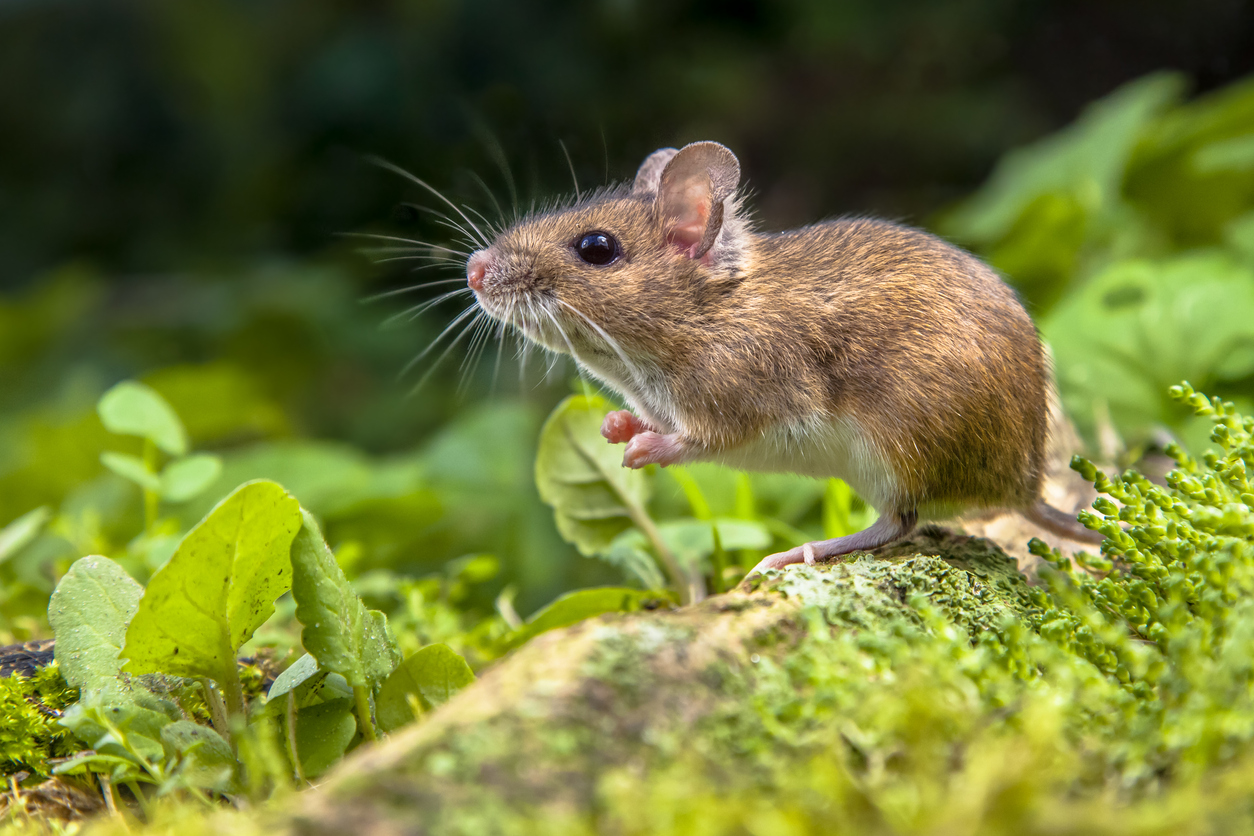AI-powered traps in food-safe zones: Redefining Pest Control
Share
In recent years, there has been an increasing emphasis on ensuring the safety of our food supply. As food production scales and complexity grows, new challenges such as pest management have emerged. The introduction of AI-powered traps in food-safe zones marks a significant advancement in how these challenges are tackled. By integrating artificial intelligence into traditional pest control methods, we can safeguard food quality while adhering to safety standards.
The idea of utilizing AI-powered traps has gained momentum due to its efficiency and precision. Within the initial phases, the primary keywords reflect the necessity of implementing these technologies in areas where food safety is paramount.

Understanding AI Applications in Pest Control
Artificial Intelligence has found its way into numerous industries, including pest control. AI systems have the ability to continuously monitor environments, detect the presence of pests, and even predict their behavioral patterns. This advancement allows for proactive measures, preventing infestations before they occur. In food-safe zones, where contamination is not an option, AI can dramatically improve conditions.
Efficiency and Precision with AI-driven Technologies
One of the most captivating aspects of AI-powered solutions is their ability to function independently around the clock. With sensors and data analytics, AI traps can identify specific pest species and even adjust trapping mechanisms and strategies in real-time. As explained in a Western Pest blog, such automation can drastically reduce the need for human intervention, which increases both efficiency and accuracy.
Benefits of Implementing AI in Food Industry
This transformative approach isn't only about catching pests; it's about creating a holistic ecosystem where continuous improvement is possible. AI-powered pest control leads to reduced chemical usage, safer food production environments, and heightened product quality. This ensures protection against today's and tomorrow's pest challenges.
Challenges to Consider
Despite the numerous advantages, there are challenges in deploying AI in pest control. The cost of initial setup is a major consideration, especially for small businesses. However, as technology advances, costs are likely to decrease, allowing more entities to benefit economically from smart pest devices.
Revolutionizing Food-safe Zones with AI-powered Traps
The fundamental transformation in food-safe zones lies in data-driven operations. By leveraging AI, managers can make informed decisions, improve procurement of traps, and ensure stringent safety measures are met seamlessly. For further insights into innovative strategies, exploring resources like Pest Repellent Plants can provide valuable information for managing pest issues holistically.
The Future of our Food Systems
The trend toward tech-enhanced practices in food production and storage is on the rise. As the demand for safe, clean food products grows, technologies such as AI-powered traps will inevitably become more prevalent. For those invested in the food industry, adopting these innovations is not a question of 'if' but 'when'. The added advantage of maintaining both consumer trust and company credibility calls for seeing these advancements as integral to operations.

Frequently Asked Questions
What are the advantages of using AI-powered traps over traditional methods?
AI-powered traps offer unmatched precision, automation, and customization, transforming the way we handle pest control. Their data-driven nature ensures drugs are used only when necessary, preserving food safety and reducing environmental impact.
How does AI aid in predicting pest behavior?
Through continuous monitoring and data gathering, AI systems excel at predicting pest patterns and movements. This foresight helps in taking appropriate preemptive measures, resulting in enhanced safety and efficiency.
Can small businesses afford AI-enabled pest solutions?
While initial costs may be high, they are expected to decrease over time as the technology matures. Numerous solutions tailored to diverse budgetary constraints can also help streamline implementation for smaller enterprises.
For an understanding of these innovations in various sectors, the benefits of automated pest control sheds light on industry-specific insights.
This article contains affiliate links. We may earn a commission at no extra cost to you.
